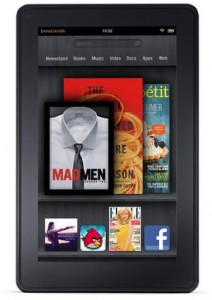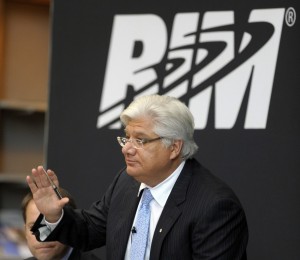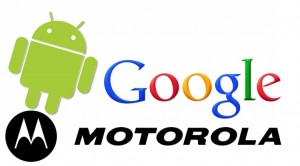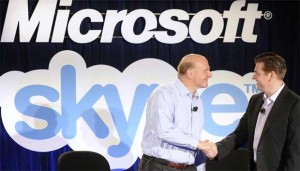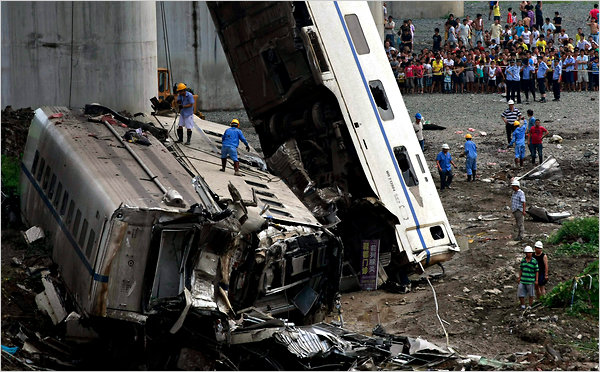
Reef Chiu and Rafn Benediktsson both wrote about Warren Buffet, and I found his investment strategies in different situations very interesting. Reef wrote about his $11 Billion purchase in IBM stocks, an investment unusual as he had previously always avoided tech companies. Reef has mentioned how he believes Buffet is mainly in it for the company’s well-known services business, and that although it is a tech company, it represents one of long term stability. It is not the most talked about tech company, but it is the 7th most profitable firm in the US, a very surprising fact for me personally.
While Reef wrote about Buffet’s strategy of investing in stable companies for long term gains, Rafn wrote about some of his risky investments, investing in disasters. Buffet recently bought European retail giant Tesco, amidst the Euro Crisis, a crisis in which Buffet does not exactly seem optimistic about. This fear however, has lead to a huge drop in prices. In a similar manner, Buffet has travelled near the Fukushima power plant to buy a 71.5% share in Tungaloy, a company that makes manufacturing tools for car production.
These seemingly opposing strategies, of seeking long term stability, while also putting huge amounts of money into a situation most are panicking about show Buffet’s bold yet insightful ways of investment. As Rafn said, he is also keeping the market going and aiding in it overcoming the crisis it is in.



